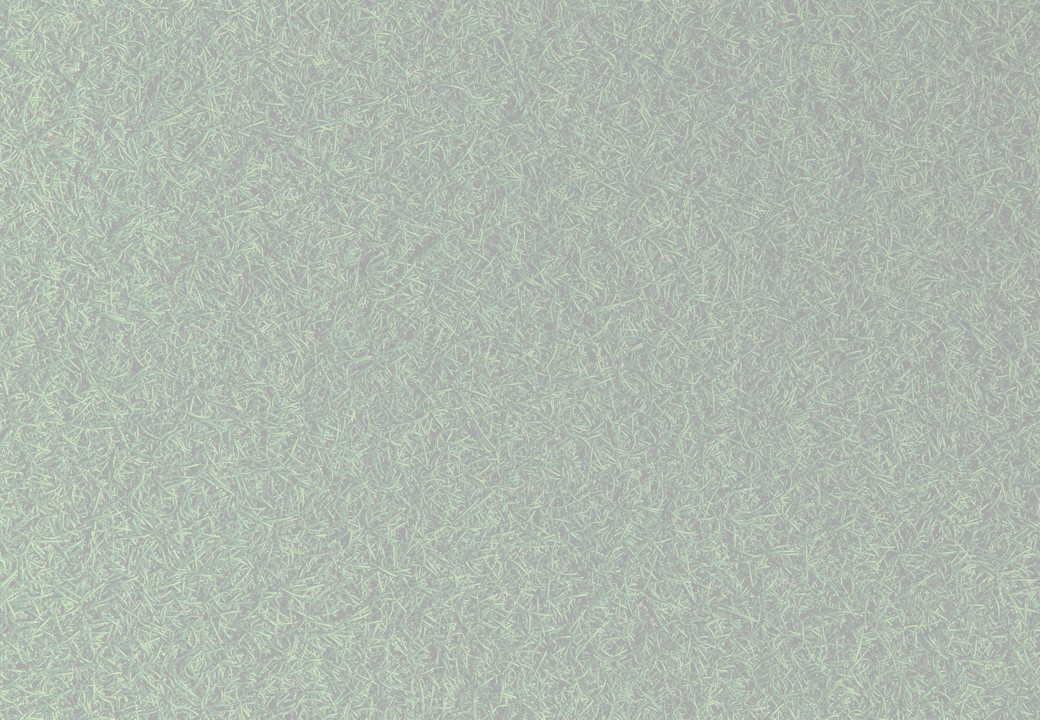Polar Bears
The Post Magazine had billed its 9 May 2021 Issue as The education issue and had four full pages dedicated to Culture. On the last page of the section, Peter Christie wrote a book review on Kale Williams’ latest book with the catchy title “The Loneliest Polar Bear, with a sub-title “A True Story of Survival and Peril on the Edge of a Warming World” which had a sub-section title under “Non-fiction”. Christie apparently suggested that Williams had tried to link his true story of one polar bear to “a menacing giant (of climate change) that is both too big and too stealthy for the human eye or brain to apprehend.” I believe Christie was trying to be fair and objective. As to the book itself, I am not about to read the non-fiction which promises to be heartwarming if not heart wrenching; and I have no doubt that Williams had well researched his facts and had followed the “improbable survival” of Nora – name of the polar bear – from 2015 to the time his book was published or written with due diligence. More poignantly, however, it seemed that readers could be led to connect global warming with the future of the polar bear population. Indeed, we have been fed stories by the media and green groups that rising temperature in the Arctic had threatened the habitat and livelihood of polar bears and stories (albeit true) of polar bears eating up their cubs had gone viral on the internet and cited as evidence of their diminishing food sources.
I looked back to the trip to Yellowknife Su and I were on in March 2020, which I recorded in one of the chapters of my autobiography that came out in January 2021. Let me share with you stories I learnt about polar bears from an Eric I met on an evening we were waiting for the aurora to show up.
First, a quick rundown on the background between Eric and Kale. Eric was 59, had nine children from two women and 16 grannies living all over Canada, from Halifax to Toronto. He had worked as a diver, trader and technician and had moved to Northwest Territories for about 30 years, initially as a barter trader, exchanging clams for furs, and later as a commercial diver, instructor, seabed explorer, and of course a polar bear watcher and researcher. I haven’t leant much about Kale except that he is an American reporter, probably in his early thirties – because he was reading a Bachelor of Science Degree from 2012 to 2015 – and is an author.
Eric began by citing media reports on skinny polar bears dying from starvation due to global warming which had led to loss of habitats and food, implying that the species could even face extinction; and told us in no uncertain terms that the truth is very different from what the media and politicians would like us to believe in. Facts and statistics have shown that the polar bear population has been rising and that the animals are living longer with global warming. While the gradual rise in temperature has indeed resulted in some age-old thick ice packets melting and drifting away from the ancient ice blocks, the effect is that many new smaller and thinner ice islands have been formed in the process. These new islands are exactly the habitats that polar bears welcome, for food hunting has since been made much easier. Eric went on to elaborate. First, polar bears sit on top of a food chain in the Arctic with seals as their main staples. Seals hunt for fishes and crustaceans and need to surface regularly to refresh their lungs. This they achieve through the breathing holes they make with their claws through thinner ice, without which they won’t be able to surface for the vital air they need, for they can’t break through thick ice layers. Polar bears, being opportunistic hunters, would wait by these breathing holes, sometimes for hours, to catch the vulnerable surfacing seal. It follows that global warming has the effect of creating thinner ice packs in greater numbers for both seals and polar bears on the food chain, resulting in number increases for both species. Food hunting has thus been made easier for polar bears which are now never short of food. They live up to 30 years and sometimes longer, but unfortunately they tend to become slower and less agile in old age, thereby losing their hunting skills, resulting in starvation and finally death. A second favourite media report involves in polar bears having to eat up their cubs because they couldn’t find food, also because of global warming. Again Eric disputed this entirely, beginning with his observation that global warming had actually resulted in more and easier food for polar bears. The truth is that polar bears are very much focused or one track minded animals, particularly during the mating seasons. The male bears and for that matter the female could find the cubs distracting for either of them, or interfering with their purposes, resulting in the untimely death and fate of the cubs. In any case, the eating is part of animal behavior and Nature and has nothing to do with global warming.
I promise that I would not talk about polar bears for a long time.
